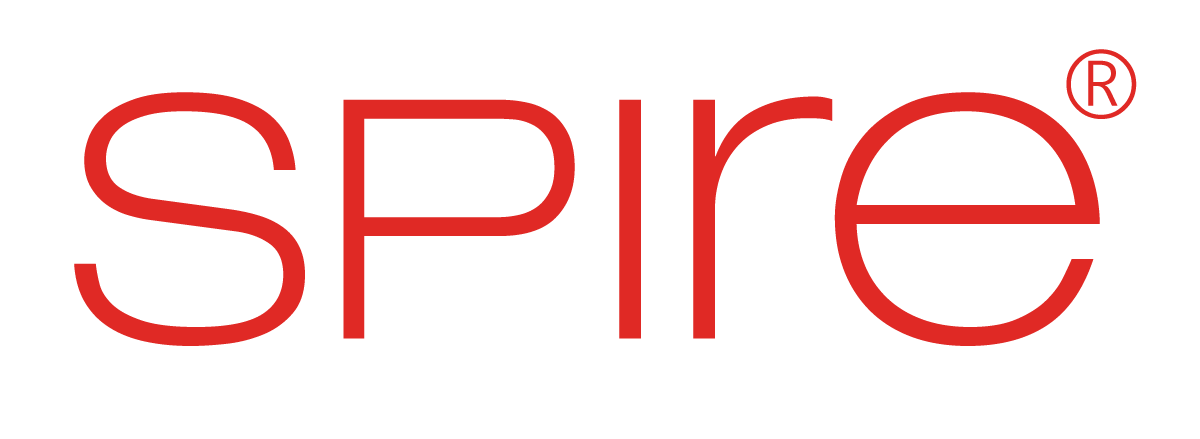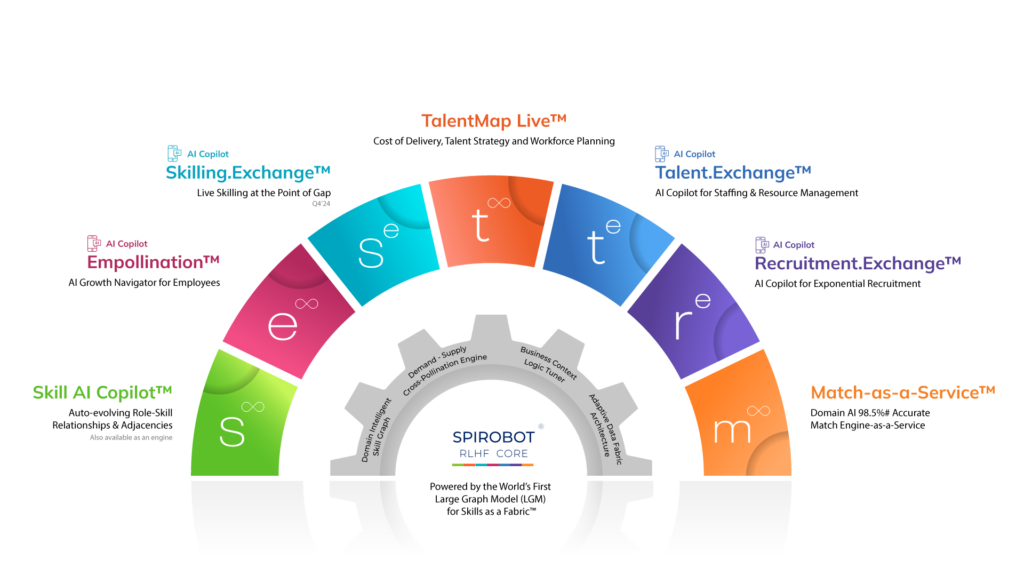This invaluable resource offers a deep understanding of your talent pool, enabling you to make informed decisions, optimize resource allocation, and align workforce development with organizational objectives. This blog explores skills inventory and how it is important for your talent operations.
What is a Skills Inventory?
A skills inventory is a comprehensive database that catalogs an organization’s employees’ knowledge, abilities, and experiences. It serves as a centralized repository of information about the talent pool, providing valuable insights into the workforce’s capabilities. Essentially, it’s a snapshot of the collective skills within an organization.
A skills inventory is a comprehensive database that catalogs an organization’s employees’ knowledge, abilities, and experiences.
It serves as a centralized repository of information about the talent pool, providing valuable insights into the workforce’s capabilities.
A well-structured skills inventory goes beyond simply listing job titles. It delves into specific skills, certifications, and areas of expertise. This granular level of detail is crucial for effective workforce planning and development.
The modern business landscape is characterized by rapid change and increasing complexity. To navigate this dynamic environment, organizations must clearly understand their talent capabilities. A skills inventory provides the foundation for making informed decisions about talent acquisition, development, and deployment.
By harnessing the power of a skills inventory, organizations can identify skill gaps, forecast future talent needs, and align workforce development initiatives with strategic goals. In the following sections, we will explore leveraging this valuable tool to optimize your workforce.
Why Do You Need a Skills Inventory?
A skills inventory is more than just a list of employee qualifications; it’s a strategic asset that can significantly impact an organization’s success. By providing a clear picture of your workforce’s capabilities, a skills inventory empowers you to make informed decisions and drive business growth.
Importance of a Skills Inventory?
– Identify Skill Gaps and Address Shortages
– Optimize Resource Allocation
– Enhance Succession Planning
– Foster Employee Development and Engagement
– Inform Strategic Business Decisions
Identify Skill Gaps and Address Shortages
A comprehensive skills inventory helps pinpoint skill deficiencies within your organization. You can identify critical gaps by comparing your current skill set to the skills required for future projects or initiatives. This information allows you to prioritize training and development programs or explore external hiring options to address shortages proactively.
Optimize Resource Allocation
Understanding the distribution of skills across your workforce enables efficient resource allocation. You can optimize team composition and maximize productivity by matching employee skills with project requirements. This can lead to cost savings, improved project outcomes, and increased employee satisfaction.
Enhance Succession Planning
A robust skills inventory is essential for effective succession planning. Organizations can develop targeted development plans to prepare high-potential employees for future leadership roles by identifying them with the necessary skills and leadership qualities. This ensures business continuity and minimizes disruptions during leadership transitions.
Foster Employee Development and Engagement
When employees clearly understand their skills and career paths, they are more likely to feel engaged and motivated. A skills inventory can create personalized development plans, helping employees acquire new skills and advance their careers. Investing in employee growth leads to increased job satisfaction, reduced turnover, and a stronger talent pipeline.
Inform Strategic Business Decisions
A skills inventory provides valuable data for strategic decision-making. By analyzing the skills available within your organization, you can assess your ability to undertake new projects, expand into new markets, or adopt emerging technologies. This information can help you identify areas where you must invest in talent development or acquire new skills externally
A skills inventory is a powerful tool for driving organizational performance. By providing a clear and up-to-date picture of your workforce’s capabilities, you can make data-driven decisions, optimize resource allocation, and build a high-performing organization.
Building a Strong Skills Inventory
Creating a comprehensive and accurate skills inventory is essential for maximizing its value. Here are key considerations to build a robust foundation for your workforce planning:
Steps to Create a Strong Skills Inventory
1. Define Clear Skill Categories
2. Gather Comprehensive Data
3. Ensure Data Accuracy and Consistency
4. Leverage Technology
5. Foster Employee Ownership
6. Continuously Update and Maintain
Define Clear Skill Categories
Establish a standardized framework for categorizing skills to ensure consistency and effective analysis. This might include technical skills, soft skills, industry-specific competencies, and certifications. Consider using a taxonomy or skills framework to structure your inventory effectively.
Gather Comprehensive Data
Collect a wide range of data to build a complete picture of employee capabilities. This includes:
- Job descriptions: Analyze job roles and responsibilities to identify core and supplementary skills.
- Performance reviews: Evaluate past performance to assess employees’ strengths and areas for development.
- Employee surveys: Gather self-reported information about skills, interests, and career aspirations.
- Skill assessments: Conduct formal assessments to measure proficiency in specific skill areas.
- Certifications and licenses: Document professional qualifications held by employees.
- Education and training records: Capture details of formal education, training programs, and workshops attended.
Ensure Data Accuracy and Consistency
Maintaining data accuracy is crucial for the reliability of your skills inventory. Implement data validation processes to minimize errors. Encourage employees to update their skill profiles to reflect their current capabilities regularly.
Leverage Technology
Utilize technology to streamline skills in data collection, management, and analysis. Consider implementing a dedicated skills inventory software or leveraging HR information systems. This will enhance efficiency and enable data-driven insights.
Foster Employee Ownership
Provide employees with access to their skill profiles to encourage them to take ownership of their skill development. This empowers them to identify skill gaps, set development goals, and explore career opportunities.
Continuously Update and Maintain
A skills inventory is a living document that requires ongoing maintenance. Regularly review and update employee data to reflect roles, responsibilities, and skill acquisition changes. Conduct periodic audits to ensure data accuracy and completeness.
Following these guidelines, you can build a robust skills inventory that provides a solid foundation for strategic workforce planning and decision-making.
Spire.AI: Simplifying Skills Management and Talent Optimization
Managing a comprehensive skills inventory can be complex and time-consuming. Spire.AI is your AI Copilot for Talent, empowering you to streamline skills management and optimize your talent pipeline.
Spire.AI’s solutions leverage cutting-edge Generative Skills AI to transform how you manage and utilize your skills inventory.
- Auto-Evolving Role-Skill Framework: This AI-powered framework automates identifying complex skill requirements for various roles at every level. It is a single source of truth for skills data, ensuring consistency and scalability.
- Automatic AI-Generated Skill Profiles: Spire.AI analyzes data from diverse sources to automatically build accurate skill profiles for a significant portion of your workforce. This significantly reduces administrative burden and provides a more comprehensive picture of your talent pool.
- AI-powered Talent Acquisition: Spire.AI’s solutions assist with intelligent candidate sourcing and matching. By leveraging AI, Spire.AI can automatically categorize candidate skills and match them to relevant job openings based on your skills inventory.
- Generative Skills AI-based Automated Candidate Cataloguing: This innovative feature facilitates rapid skills assessment of candidates, saving valuable time during recruitment.
Spire.AI’ skills inventory transforms workforce planning and the future of work. By harnessing the power of Spire.AI, organizations can streamline skills inventory management, unlock valuable insights from their talent pool, and ultimately make data-driven decisions for talent acquisition, development, and retention.
Final Thoughts
In today’s rapidly evolving business landscape, a robust skills inventory is no longer a luxury but a necessity. Providing a clear understanding of your workforce’s capabilities empowers you to make informed decisions, optimize resource allocation, and drive organizational success.
Leveraging advanced technologies like AI, as exemplified by Spire.AI, can further enhance the value of your skills inventory. By automating data collection, analysis, and insights, these tools enable you to unlock the full potential of your talent pool.
Remember, a skills inventory is a living document that requires ongoing attention and maintenance. By investing in this strategic asset, you’re positioning your organization for future growth and resilience.






